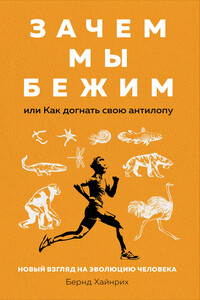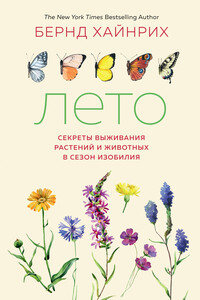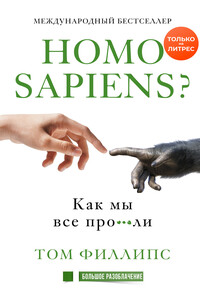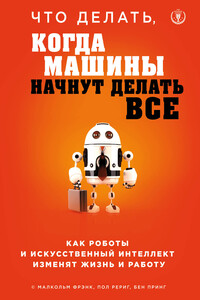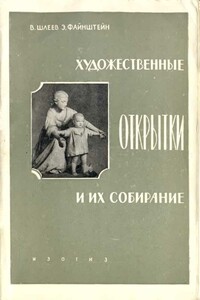Smith A. V. (1959). Survival of mammals at body temperatures above and below 0 °C. Proc. XXI Intern. Congr. Physiol. Sci. Symposia. Buenos Aires. P. 81–87.
Stones R. C. and J. E. Wiebers. (1965). A review of temperature regulation in bats (Chiroptera). Am. Midl. Natur. 74. P. 155–167.
_. (1967). Temperature regulation in the little brown bat, Myotis lucifugus // Hibernation and Torpor in Mammals and Birds. Ed. C. P. Lyman et al. New York: Academic Press.
Storey K. B. (1997). Metabolic regulation in mammalian hibernation: enzyme and protein adaptations. Comp. Biochem. Physiol. A Physiol. 118. P. 1115–1124.
Strumwasser F., J. J. Gilliam, and J. L. Smith. (1964). Longterm studies on individual hibernating animals. Annales Academiae Scientiarum Fennicae. Series A. IV. Biologica 71(29). P. 401–420.
Travis J. (1997). Chilled brains. Science News 152. P. 364–365.
Tucker V. A. (1962). Diurnal torpidity in the California pocket mouse. Science 136. P. 380–381.
_. (1966). Diurnal torpor and its relation to food consumption and weight changes in the California pocket mouse, Perognathus californicus. Ecology 47. P. 245–252.
8. Перья королька
Ackerman J. (1998). Dinosaurs take wing: The Origin of Birds. National Georgraphic 194(1). P. 74–99.
Dalton R. (2000). Feathers fly in Beijing. Nature 405. P. 992.
Heinrich B. (1973). The Hot-Blooded Insects: Mechanisms and Evolution of Thermoregulation. Cambridge, Mass.: Harvard University Press.
Ji Q., P. J. Currie, M. A. Novell, and S. A. Ji. (1998). Two feathered dinosaurs from northeastern China. Nature 393. P. 753–761.
Norell M. (2001). The proof is in the plumage. Natural History 7(01). P. 58–63.
Perkins S. (2001). Ticklish debate: How might the feather have evolved? Science News 160. P. 106–108.
Prum R. O. (2002). Why ornithologists should care about the theropod origin of birds. Auk 119(1). P. 1–17.
Schmidt-Nielsen K. (1972). How Animals Work. London: Cambridge University Press.
Xu X., Z. Zhou, and R. O. Prum. (2001). Branched integumentary structures in sinornithosaurus and the origin of feathers. Nature 410. P. 200–204.
9. Зимнее топливо корольков
Bent A. C. (1964). Life histories of North American thrushes, kinglets, and their allies. U. S. National Museum Bulletin, No. 196, New York: Dover Publications.
Galati R. (1991). Golden-crowned Kinglets: Treetop Nesters of the North Woods. Ames, Iowa: Iowa State University Press.
Harrison J. (1996). The Nature Reader. Ed. D. Halpern and D. Frank. Hopewell, N. J.: Ecco Press.
Heinrich B. and R. Bell. 1995. Winter food of a small insectivorous bird, the Golden-crowned Kinglet. Wilson Bull. 107. P. 558–561.
Thaler E. 1990. Die Goldhähnchen. Wittenberg Lutherstadt: A. Ziemsen Verlag.
10. Гибернация птиц
Austin G. T., and W. G. Bradley. (1969). Additional responses of the poorwill to low temperatures. Auk 86. P. 717–725.
Bartholomew G. A., T. R. Howell, and T. J. Cade. (1957). Torpidity in the white-throated swift, Anna hummingbird and Poor-will. Condor 59. P. 145–155.
_, J. W. Hudson, and T. R. Howell. (1962). Body temperature, oxygen consumption, evaporative water loss, and heart rate in the Poor-will. Condor 64. P. 117–125.
Beuchat C. A., S. B. Chaplin, and M. L. Morton. (1979). Ambient temperature and the daily energetics of two species of hummingbirds, Calypte anna and Selasphorus rufus. Physiol. Zool. 52. P. 280–295.
Blem C. R. (1975). Geographic variation in wind-loading of the House sparrow. Wilson Bull. 87. P. 543–549.
_. (1990). Avian energy storage. Curr. Ornithol. 7. P. 59–114.
Blem C. R. and J. F. Pagels. (1984). Mid-winter lipid reserves of the Golden-crowned kinglet. Condor 86. P. 461–492.
Boswell J. (1927). Life of Samuel Johnson. Vol 1. London and New York: Oxford University Press. P. 371–372.
Buttemer W. A., L. B. Astheimer, W. W. Weathers, and A. H. Hayworth. (1987). Energy savings attending winter-nest use by Verdin (Auriparus flaviceps). Auk 104. P. 531–535.
Calder W. A. and J. Booser. (1973). Hypothermia of broad-tailed hummingbirds during incubation in nature with ecological correlations. Science 180. P. 751–753.
